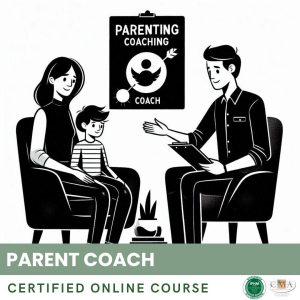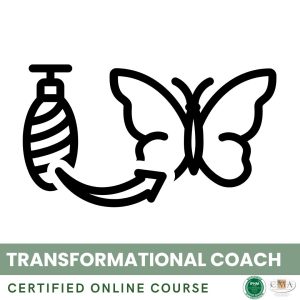
The coach-coachee relationship is at the heart of the coaching process. It is within this relational space that the success of the support is played out. To establish an effective coaching relationship, three elements are essential: the establishment of a trust relationship, the clarification of the work alliance, and the management of boundaries and emotional distance.
Trust is the foundation of the coach-coachee relationship. Without trust, the coachee will not be able to open up with full authenticity, explore their vulnerability zones and dare to step out of their comfort zone. To create this climate of trust, the coach must demonstrate absolute confidentiality, benevolent listening and non-judgment. The coach also shows their reliability by being punctual, consistent in their posture and acting as they say. Trust is built over time, through the coach’s quality of presence and commitment.
The work alliance is another pillar of the coaching relationship. It is the explicit contract made between the coach and the coachee on the objectives, means and rules of the support process. This alliance clarifies each party’s roles and responsibilities: the coachee commits to being transparent, completing the proposed exercises and implementing the agreed actions, while the coach commits to putting their skills at the service of the coachee’s objectives, in a support and stimulation posture. The work alliance is co-constructed and can be adjusted during the coaching process if necessary.
Managing boundaries and emotional distance is a significant point of vigilance for the coach. The coaching relationship is an asymmetric, non-reciprocal relationship. The coach is at the service of the coachee, but they are not their friend, confidant or savior. They should maintain a professional framework while creating proximity conducive to work. This implies not revealing personal elements that would be of no use to the coachee, not creating emotional dependency, and knowing when to end the relationship once the objectives have been met. The coach should also be attentive to their own emotional resonances and ensure not to project their issues onto the coachee.
For example, consider a coachee who very frequently requests their coach outside of sessions, on topics that go beyond the scope of coaching. The coach, touched by the coachee’s distress, might be tempted to respond to all their requests for fear of hurting or losing them. Yet, by acting this way, they would maintain a dependency relationship and overstep their role. The correct approach would be to kindly restate the frame, explaining to the coachee the relationship limits and directing them to other potential interlocutors (therapist, loves ones…) to meet their emotional needs if necessary.
Another example would be a coach who finds themselves greatly affected, or even struggling when faced with a coachee’s situation that reflects their own experiences. They could have difficulty maintaining the proper emotional distance and staying in a supportive posture. In this case, the coach should hand over the reins to a colleague and take on personal work (therapy, supervision) to understand and overcome what was touched within them.
In summary, the coach-coachee relationship is a unique relationship, which requires the coach to simultaneously establish both a trust-link and professional boundaries. By being vigilant about their positioning, clarifying the rules of the game, and taking care of the relationship, the coach enables the coachee to experience a supportive and structuring relational experience, conducive to their personal growth.
Points to remember:
– The coach-coachee relationship is at the heart of successful coaching. It relies on three pillars: trust, the work alliance, and managing boundaries and emotional distance.
– Trust is built through confidentiality, benevolent listening, non-judgment, and the coach’s reliability. It allows the coachee to open up with full authenticity.
– The work alliance is the explicit contract between the coach and the coachee on the objectives, roles, and commitments of each party. It’s co-constructed and adjustable.
– The coach must maintain a professional framework while creating proximity conducive to work. They should not create emotional dependence or project their issues onto the coachee.
– The coach needs to be mindful of their emotional resonances and know when to hand over the reins if needed to preserve the right distance.
– By taking care of the relationship and the framework, the coach provides the coachee with a supportive and structuring relational experience for their personal growth.
👉 To download docx (Editable) file click here : Click here
👉 To download PDF file click here : Click here
👉 To download MP3 file click here : Click here






